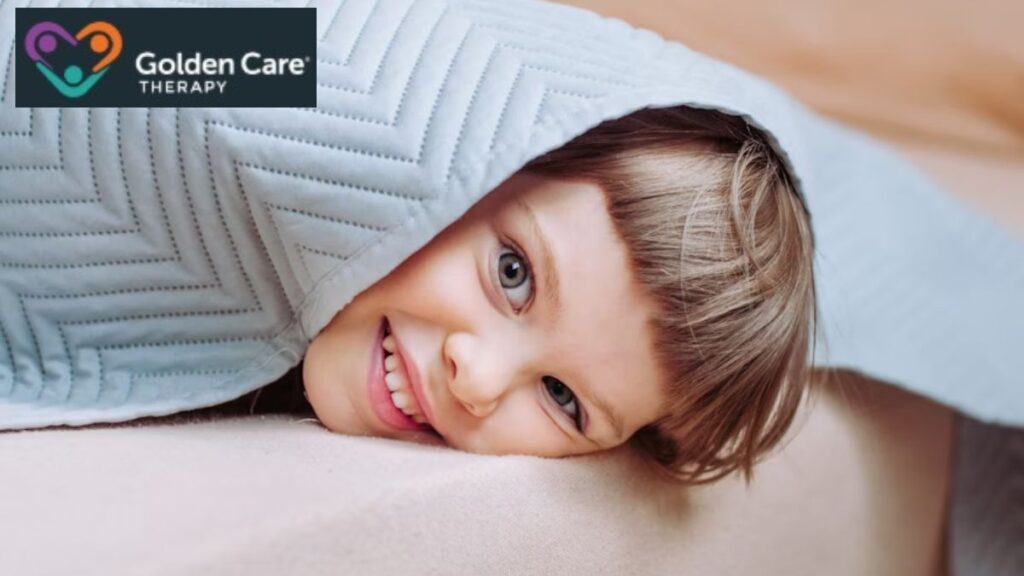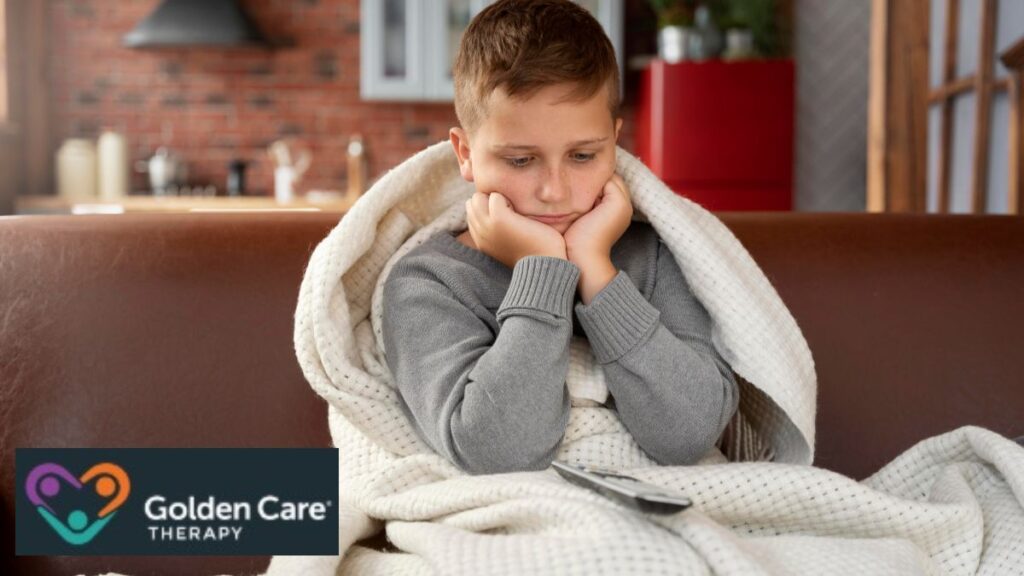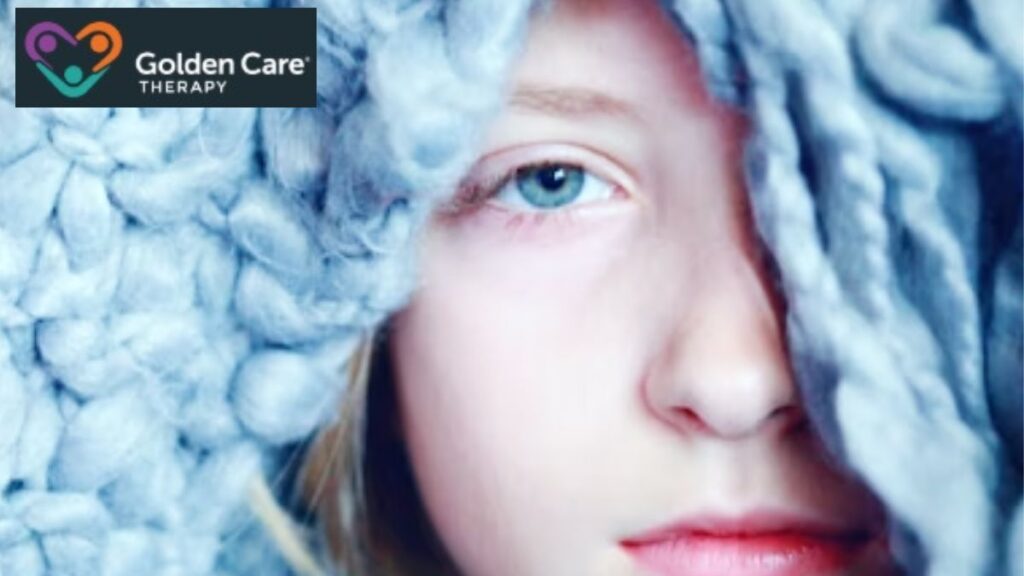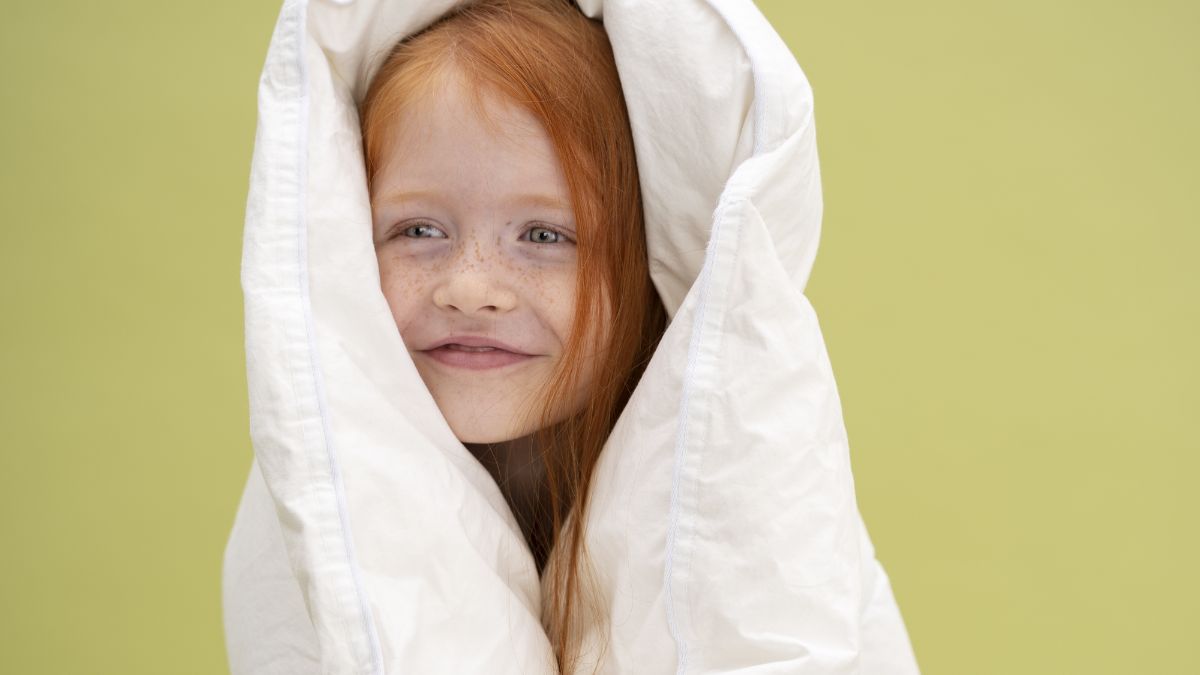Autism Spectrum Disorder (ASD) affects how a person communicates, interacts, and processes sensory input. Many individuals with autism also experience anxiety, difficulty sleeping, and sensory challenges. This raises a common question: do weighted blankets work for autism? Within the first few nights of use, many families notice children and adults sleep more soundly, transition smoothly between activities, and feel calmer during the day. Weighted blankets use gentle pressure to mimic the sensation of a hug, providing comfort without being intrusive. Could this simple tool help regulate mood, sleep, and sensory experiences? Let’s explore the science, real-life examples, and best practices for using weighted blankets for autism.
Do Weighted Blankets Work for Autism?
Weighted blankets provide deep pressure touch (DPT), a sensation similar to being held or hugged. For individuals with autism, this sensation can feel grounding. It delivers gentle, consistent pressure, which may:
- Promote calmness and focus
- Reduce anxiety or overstimulation
- Improve sleep onset and duration
- Enhance body awareness for better sensory regulation
Some users describe the blanket as a “security hug,” offering comfort in situations that might feel overwhelming. Children with sensory sensitivities often respond well, as the blanket provides input that is predictable and controllable. Adults with ASD also report that weighted blankets reduce tension after a long day.
Key Points: How Weighted Blankets Help

| Benefit | How It Works | Evidence/Example |
| Sleep Improvement | Pressure increases serotonin, aiding melatonin production. | 2021 study: Children with autism fell asleep faster and slept longer. |
| Anxiety Reduction | Activates the parasympathetic nervous system, lowering heart rate. | Adults using weighted blankets reported feeling calmer before bedtime. |
| Sensory Regulation | Provides tactile input that helps regulate overstimulation. | Children improved transitions from playtime to schoolwork. |
| Behavioral Focus | Reduces fidgeting and self-stimulatory behaviors. | Weighted lap pads increased classroom on-task behavior. |
What Does Science Say?
Research on weighted blankets for autism has grown in recent years. One notable study in the Scandinavian Journal of Occupational Therapy (2021) followed 85 children and adults with ADHD and/or ASD who were prescribed weighted blankets. Findings showed improvements in:
- Falling asleep faster
- Sleeping through the night
- Daytime relaxation
- Morning routines
The study highlighted that weighted blankets can improve daily functioning, not just nighttime sleep. By reducing anxiety and offering consistent sensory input, users reported better focus during school or work activities.
Deep pressure touch is central to these benefits. DPT stimulates serotonin release, which promotes a calm mood. Serotonin converts to melatonin, which regulates sleep cycles. The pressure also stimulates the parasympathetic nervous system, reducing stress hormone levels and heart rate.
Additional research supports these outcomes:
- A 2020 study on adults with anxiety showed weighted blankets reduced tension during stressful events.
- A 2023 study on children with ADHD and sleep issues reported that weighted blankets increased perceived safety and improved daily function.
While not everyone responds equally, these studies suggest weighted blankets are a safe, low-risk tool for improving comfort, sleep, and sensory regulation in individuals with autism.
Real-Life Examples
Ethan, 10 years old: Struggled with frequent night waking and restless sleep. After using a weighted blanket for several nights, he slept more soundly through the night, woke up refreshed, and his focus improved during school activities.
Maya, 16 years old: Experienced anxiety before exams and school transitions. Incorporating a 10–15 minute weighted blanket routine before classes helped her feel grounded, calm, and more attentive in class.
Liam, 6 years old: Had difficulty managing emotions after sensory overload. Using a weighted blanket during occupational therapy sessions resulted in better self-regulation, improved attention span, and calmer behavior at home.
These examples show how weighted blankets can support sleep, reduce anxiety, and provide consistent sensory input that improves overall daily functioning.
How to Choose a Weighted Blanket for Autism

Selecting the right blanket is crucial for effectiveness. Consider these factors:
1. Weight
- Experts recommend blankets that are about 10–15% of body weight.
- Too light may not provide enough pressure; too heavy may cause discomfort.
2. Size
- Blanket should cover the body adequately.
- Overly large blankets may feel cumbersome; small blankets may not offer full benefits.
3. Fabric
- Soft, breathable fabrics such as cotton or bamboo work well.
- Texture matters—some individuals prefer smooth fabric, others enjoy tactile patterns.
4. Sensory Preferences
- Observe whether the individual likes firm or lighter pressure.
- Weighted blankets can be introduced gradually, starting with a lap pad or lighter blanket.
5. Temperature Regulation
- Weighted blankets may trap heat; breathable materials or lightweight options prevent overheating.
Tips for Introducing a Weighted Blanket
- Start Slowly: Begin with short sessions during calm activities.
- Offer Choices: Allow the user to choose fabric or color.
- Positive Reinforcement: Praise consistent use.
- Be Patient: Gradually integrate into bedtime or quiet routines.
Weighted blankets can become a tool for relaxation, but forcing use may create resistance. Letting the user control when and how it’s used maximizes comfort and effectiveness.
Integrating Weighted Blankets with Other Sensory Tools
Weighted blankets work best alongside complementary tools:
- Sensory Toys: Fidget spinners or tactile balls enhance tactile input.
- Noise-Cancelling Headphones: Reduce auditory overstimulation.
- Aromatherapy: Lavender or chamomile oils promote calmness.
- Chewable Jewelry: Provides oral sensory input to complement deep pressure touch.
By combining tools, individuals can achieve a holistic sensory experience that supports sleep, focus, and emotional regulation.
Making Weighted Blankets Safe and Effective for Your Child
Weighted blankets can bring comfort and improved sleep for children with autism, but understanding safety and practical considerations ensures the best experience.
Managing Heat: Some blankets can feel too warm, especially in sunny Florida or for children who naturally run hot. Choose breathable fabrics like cotton or bamboo, or a lighter weight to prevent overheating.
Ease of Movement: Heavier blankets may make shifting positions tricky for kids who move at night. Opt for a slightly lower weight or a size that allows freedom of movement.
Allergy-Friendly Options: Hypoallergenic blankets made from natural fibers help children with sensitive skin avoid irritation.
Safety First: Weighted blankets are generally safe for older children and adults who can move them independently. Avoid use for children under 2 due to suffocation risk. Individuals with respiratory issues, sleep apnea, or claustrophobia should consult a doctor. Choosing the right weight and monitoring comfort ensures benefits outweigh any risks.
By addressing these considerations, weighted blankets can offer calm, comfort, and better sleep for your child.
How Occupational Therapists Guide Weighted Blanket Use for Autism
Occupational therapists are essential in helping children with autism benefit from weighted blankets. They assess sensory needs, recommend the right blanket weight and size, and show how to incorporate it safely into daily routines. Beyond blankets, they may suggest complementary sensory activities like deep pressure therapy or yoga. Consulting a trained occupational therapist ensures your child experiences maximum comfort, calm, and improved well-being while using this therapeutic tool.
Key Takeaways
Weighted blankets for autism offer multiple benefits:
- Promote deeper, longer sleep
- Reduce anxiety and stress
- Support sensory processing
- Improve daily routines and transitions
Evidence and real-life stories suggest many individuals experience noticeable benefits. While results may vary, this simple tool can make daily life calmer, more structured, and more comfortable.
FAQ: Weighted Blankets for Autism
1. Can a weighted blanket replace other sleep aids for autism?
Not entirely. Weighted blankets complement existing routines and therapies but can significantly reduce reliance on medications or additional sleep tools.
2. How long before I see benefits?
Many users notice improvements within a few nights. Others may take 1–2 weeks as they adjust to the pressure.
3. Can sensory seekers benefit more than sensory avoiders?
Yes. Sensory seekers often enjoy deep pressure more. Avoiders may need gradual introduction or lighter options.
4. Is it safe for adults with anxiety but no autism?
Absolutely. Weighted blankets calm the nervous system, reduce heart rate, and support sleep for anyone experiencing stress or sensory overload.
5. Can a weighted blanket help during daytime activities?
Yes. Short sessions while reading, watching TV, or relaxing can provide calming input and reduce tension.
Finding Calm and Comfort Every Day

Weighted blankets are more than just a cozy accessory. For individuals with autism, Golden Care Therapy has found they offer a tangible way to improve sleep, ease anxiety, and create a sense of calm. Could this small change make a big difference in sleep, mood, and daily routines? Many families in Florida say yes. Real-life experiences show that the deep pressure touch from weighted blankets can help children and adults feel grounded, focused, and more relaxed. Golden Care Therapy encourages families to explore these benefits firsthand—reach out to us to learn how a weighted blanket might support your loved one’s sleep and daily well-being.



